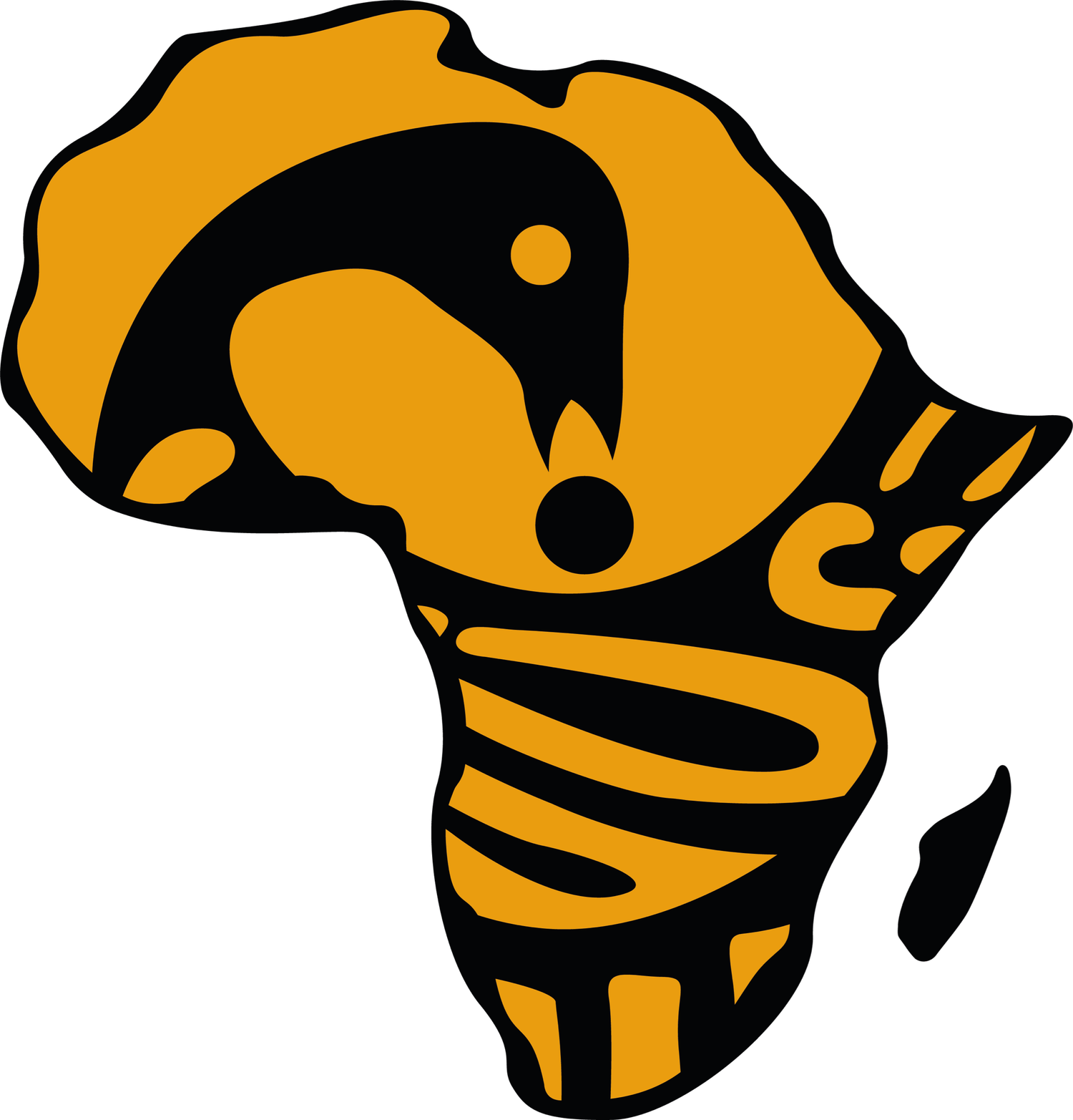The Capturing of Africans
Click here to download this lesson in slideshow format
Welcome to The Trans-Atlantic Slave Trade Level 1, Lesson 2: The Capturing of Africans
In this lesson, you will learn about:
Indentured servants
Slave plantations
The Triangular Trade
The slave labour Africans were forced to endure
The conditions of the enslaved
Objectives
By the end of this lesson, you will understand:
Who indentured servants were
What nations were called the Slave Coast
Where Africans were taken to
What a plantation was
What the Triangular Trade was
What the term “Middle Passage” refers to
The slave labour Africans were forced into
What the terms “creole” and “mulatto” mean
Why Black people throughout the Americas have European surnames
Caution: this lesson contains references to violence
Although Africans were being enslaved to work in Europe decades before the start of the Indigenous American genocide, Europe’s predatory activities increased several levels upon the colonisation of the Americas.
Indigenous Americans were enslaved, but their high death rates and consistent wars led to the need for a new labour force. White indentured servants were also present throughout the Americas. These were poor white people who, rather than be imprisoned back in Europe, were sent to work in the colonies as servants for the upper classes for a limited period. But indentured servants, although treated horribly, were protected from the worst atrocities because they were white.
The early 1500s saw an increase in the capture of Africans and modern-day Benin and Nigeria came to be known as the “Slave Coast.” Africans were forced to work on huge plantations throughout North America, South America and the Caribbean. A plantation consisted of a huge estate or manor where a plantation-owning family would stay. Sometimes the wealthiest member of the family would stay back in Europe, leaving their offspring or relatives to manage the plantation. Acres of land surrounded the estate, and here the enslaved Africans would grow crops; sugar, coffee, tobacco, cotton and others. The backbreaking labour that was forced upon the enslaved often lasted up to 20 hours a day, and they were regularly beaten, abused and killed by the plantation-owning family or a slave driver. The slave driver was usually an indentured servant, but sometimes an enslaved Black person would serve as the guard to dish out cruelty.
During the early 1500s, the King of Spain ordered the annual importation of 4000 Black people to Hispaniola (Haiti and the Dominican Republic today), Jamaica, Cuba and Puerto Rico. This officially began Europe’s slavery-based economy as the nations of Europe collaborated on an official trade system. Africans became chattel slaves as opposed to their white indentured servant counterparts, facing far greater cruelty.
This saw the start of the “Triangular Trade.” The Triangular Trade consisted of three legs; the first was the capture and importation of Africans to the Americas. This was known as the “Middle Passage.” The enslaved Africans would then produce goods and food to be sent to Europe, which was the second leg. Finally, from Europe, cheap manufactured goods were exported for sale to slavers in Africa, the final leg. One ship could make all three journeys; collecting captives in Africa and taking them to the Americas, collecting slave-produced goods in the Americas and taking them back to Europe, and dropping off these goods before journeying with products used to purchase and capture more Africans. Money was made by selling Africans to landowners in the Americas, by selling minerals and foodstuffs in Europe, and by selling cheap consumer goods to slavers in Africa, as well as the rest of the world.
The Africans captured, however, were rarely slaves in their own kingdoms, but skilled workers, scientists, warriors and even royalty. Prisoners of war were often sold by rival kingdoms, and many empires protected their own citizens with contracts refusing their sale. However, Europeans rarely stood by by any contractual agreements and often captured whoever they wanted. Many smaller African societies were also coerced into selling enslaved Africans via intimidation techniques and threats of war.
Across plantations the enslaved were forced into various forms of labour. Most of the enslaved were forced to toil in the fields of the plantation, growing crops in the harsh conditions. Others were put to work inside the houses of the estate, preparing food, looking after children and making clothes. Some were even forced into combative sports, fighting to the death for the entertainment of the white plantation owners. Captives were also priced differently depending on their knowledge, experience and expertise. For example, those with knowledge of tropical farming, plant medicines or mining were worth more money, as this was knowledge that Europeans didn’t have.
Captives from Africa were also seen differently compared to captives born in the colonies. It was assumed by enslavers that African-born captives were more likely to rebel due to having tasted freedom before. In French colonies, captives born into slavery were referred to as “creoles.” Often these creoles would have some European ancestry, as enslavers would regularly rape female captives, producing babies of mixed heritage referred to as “mulattoes” on the plantation.
The names of the enslaved were also changed upon arriving on a plantation. As they were seen as property, the slavers would give their last name to their captives. This is why throughout the USA, the Caribbean and South America, Black people have European last names.




